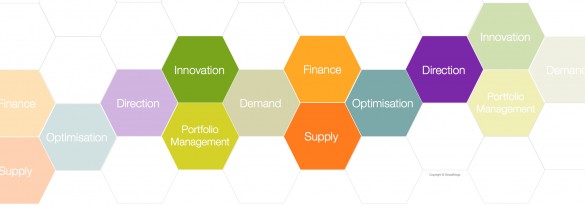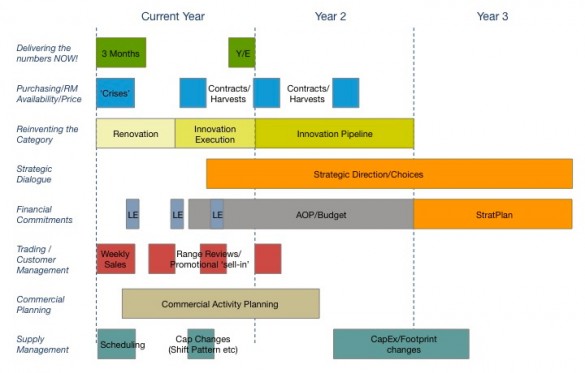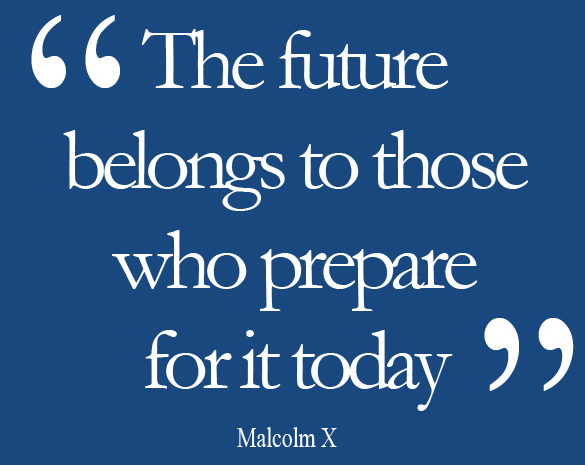We’re often asked how long the horizon should be for Sales and Operations Planning (S&OP)/ Integrated Business Planning (IBP). 12 months, 18 months rolling, 2 year ends, 24 months, or something else.
As usual it depends!
If your over-riding interest is in hitting the year-end number, then adopting a theoretical 18 month or 24 month rolling horizon is likely to be a painful journey. The business will default to a 12 month horizon, which shrinks as the financial year passes, until in month 11 there is only 1 month left in the forecast – the classic concertina horizon. A few evangelists will trumpet the need for the longer horizon, but the majority of the business will ignore it or pay lip service to the requirement. It’s amazing what you can do with copy and paste if you want to extend your forecast by another few months just to satisfy the S&OP manager!
On the other hand if you view S&OP/IBP as a joined up decision making process, and use it to align the different accountabilities and perspectives in the business as shown in the StrataBridge honeycomb model below, then the perspectives and decisions included DEFINE THE HORIZON (and the levels of granularity, but that’s a separate topic!).
To illustrate the different perspectives across the organisation and the different types of decisions impacting through the short, medium and long term, let’s consider some of the potential drivers in a typical consumer goods business.
While not a definitive description, this picture highlights some of the quite different time and decision-making perspectives that S&OP/IBP must contend with – another example of the Law of Perspective at work!
Unfortunately, many companies have not made these choices consciously; blindly arriving at a situation that does not serve the business well and often results in misleading or useless data and huge effort to create it! A typical trap is to take the short-term, detailed operational planning mechanics – that are necessary for the coming 12-16 weeks – and extrapolate these through a longer horizon. The result is a ‘data monster’ that needs regular feeding, characterised by mega-spreadsheets that dim the lights when they’re opened and so many data points – sku by customer by week, etc – that it’s impossible to see the wood for the trees.
So take a step back. Talk with the senior management team about what decisions they want to make with S&OP/IBP. Agree decision-making accountabilities. Only then will you be able to get a clear view about the appropriate horizon for your business.



